
Are you looking for another way to cut costs on bills? Renewable energy is a great alternative, and it's gradually becoming a big deal.
It is a great way to manufacture your electricity, save more, and spend less.
Building up a renewable energy source in your home means you add value to the environment. It reduces the risk of living in a polluted world.
There are four primary sources of renewable energy suitable for homes. They include the sun, wind, underground temperature, and water. These sources form solar, wind, geothermal, and hydroelectric power respectively.
Alternative Power Sources for Home Electricity
1. Solar Energy

Every ray that shines on the roof of your house can be converted into energy for your consumption without bills. All you need to do is to get some sort of technology installed on your rooftop.
There are two ways to get electricity from the sun; you can get it using solar panels or shingles. Professionals install solar panels on roofs to collect power from the sun and store it in your home. Solar shingles are smaller and easier to install and may cost more than panels.
Solar energy is not only for electricity but also for illumination and heating water. It is a photovoltaic system that uses specific solar cells to convert sunlight into electricity.
You can have an architect to design your home to take advantage of the sun or have a home solar system installed in your home. There are two installation methods. It's either you connect to a grid-tied system or you install it independently.
Connecting to a grid-tied system makes it possible to sell excess power to your power company. You will also be eligible for a tax credit. But you need a professional for the installation.
Confirm if your environment requires a particular brand or type of solar panel. Discuss with your power company to know the option that suits you. Grid systems mostly require that you install an inverter, AC/DC disconnect, and extra power meters.
For an independent system, you still need to call a professional for installation, but the method is different. You get to decide which solar panel suits your need. Install a charge controller, then connect your backup battery and inverter to the battery.
There are various ways to efficiently use solar energy and they include:
- Install LEDs instead
Lighting costs most in electricity bills. Instead of light bulbs use LEDs because they do not consume too much electricity and don't produce heat.
- Turn off standby devices
Many home electrical appliances should be separated from electrical circuits by switching sockets off. They consume so much electricity when left on standby.
- Use high-consumption devices during the day
Pressure washers, lawnmowers, kitchen stove, hedge trimmers, and washing machines are examples of high-consumption devices. They are better used during the day when there is enough sunlight to avoid blackouts at night. Your house will run on power stored from the day's sunlight at night.
- Use electric water boilers
When using solar energy, you can convert your hot water systems to electric boilers. They can be regulated as desired.
2. Wind Energy

The primary source of wind energy is wind. Just as the name implies, it is using some small electric systems to the covert wind to electricity. For residential purposes, you only need a small scale wind turbine for your home.
The energy is clean, cost-effective, and renewable. So, if your location or region is very windy, you can opt-in for this type of renewable energy. The first thing is to determine if your area permits wind turbines. Then get enough space and invite a professional to do the installation.
Wind turbines are not cheap. You have to run an energy audit in your home to be sure of the size of the turbine that suits you. The size of turbines used in typical homes ranges from 400 watts to 20 kilowatts. The size you need depends on how much electricity you want to generate.
Establish an electricity budget to help you figure out the size you need. Also, reduce your home electricity use to ensure that the installation will be cost-effective.
Wind turbines are used in several ways in the home. You can go off-grid, combine with other sources, or connect to the grid.
- Off-Grid
Going off-grid is most recommended for rural areas because properties in the cities and suburban regions run into zonal regulations and requirements. Also, the presence of trees and other buildings will restrict the consistency of the wind. If you are going off-grid, you need batteries that can help you save power so that your home will not be blackout if there is no wind.
- Combined with other renewable energy sources
Wind turbines can also go with other energy sources, most commonly solar. The combination of solar and wind energy is referred to as a hybrid system. You may not be so sure of how much wind or sun will be produced in a day. So, this works well to cover up for the uncertainty. The two systems can also use backup batteries to avoid going out of power.
- Grid-connected
This type of wind system is common in urban areas. It is the most common type for residential homes. You can connect to a grid and have a constant power supply, but it doesn't cover all the power needed in your home.
3. Geothermal Energy

Geothermal is a type of energy generated by harnessing the temperature from below the ground. Underground temperature is more stable than the surface of the earth where we live.
The geothermal energy is renewable around the clock, which means it is always available for use. And the best part is that energy from this source doesn't emit greenhouse gases.
There are three ways to generate geothermal energy. They include direct geothermal energy techniques, geothermal heat pumps, and geothermal power plants.
Direct geothermal energy is mostly used in an area that has its geothermal reservoirs close to the earth's surface. Hot water is piped directly to heat the home. Then, a heat exchanger transfers heat from the water to the house heating systems. The used water injects back into the reservoir through a well. The water gets reheated and the cycle starts.
Geothermal heat pumps are the most common type of geothermal energy techniques used for homes. A geothermal heat pump is buried to help us steal some warmth from the ground. The heat pumps are suitable in areas where the temperature remains constant to 50 -60 degrees.
A geothermal energy pump technique is a small scale option and very efficient for saving electricity costs. In winter, an electric compressor draws heat from the pipes under the ground and sends it to the whole building through a duct system. In summer, it does a reverse by drawing heat away from the home to where it can be absorbed, thereby cooling the house.
The geothermal power plant is much bigger and used on a large scale. There are three types including dry steam plants, flash steam plants, and binary cycle plants.
4. Hydro Power

This is typically electricity derived from water. It depends on your access to running water. A hydropower system is installed where water from the river or stream flows downwards to a sea. The electricity here is generated from the strength of the flow.
If you have a stream nearby, a micro hydropower system is fit for you. You can divert the water through a turbine with the desired current. It is more reliable than a hybrid system because it only depends on the flow of water.
Whether you own your land or not, you need the permission of local authorities to install a hydroelectric system.
Things to Consider Before Choosing a Renewable Energy Source
Before you decide which renewable energy source is suitable for you, consider the following factors.
- Location
Where do you live? Is your choice acceptable in your zone? Also, what type of property do you have? Make sure that any type you choose is accepted by your region and install it according to zonal regulations.
For hydropower, you have to be close to a river or stream. Areas with frequent rain are not suitable for solar energy. And wind turbines are not recommended if you don't have ample space of about one acre.
- Electricity Consumption
How much electricity do you consume? It determines the type and size of the renewable energy system you will need.
- Cost
Do an energy audit of how much you spend on electricity and consider how much your choice of alternative energy source will cost. Then, go for an option that suits you best.
In Conclusion
We will be doing the environment so much good if we opt for renewable energy sources. Solar energy is the most popular type of renewable energy. Wind turbines may be a bit too noisy for neighbors, but you can go for the option if you have enough space. Small scale geothermal is also right and doesn't have restrictions on consistency. And if you are close to a large water body, seek permission and go for hydroelectric energy.
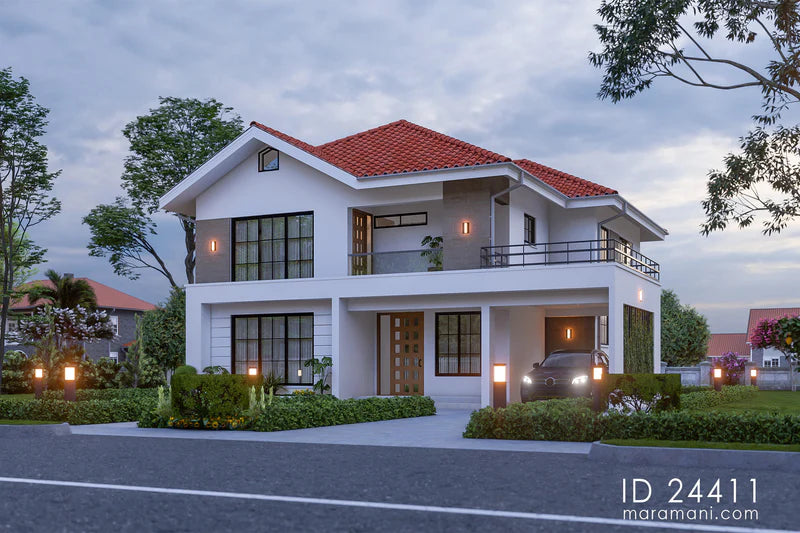
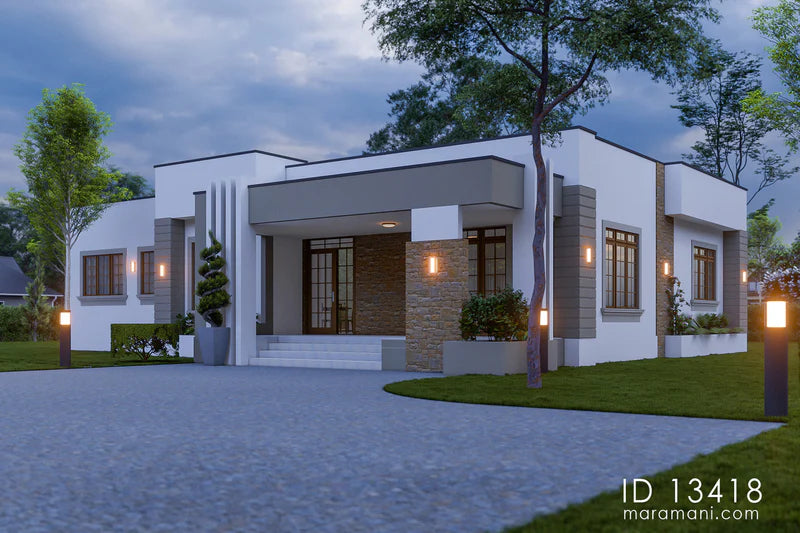
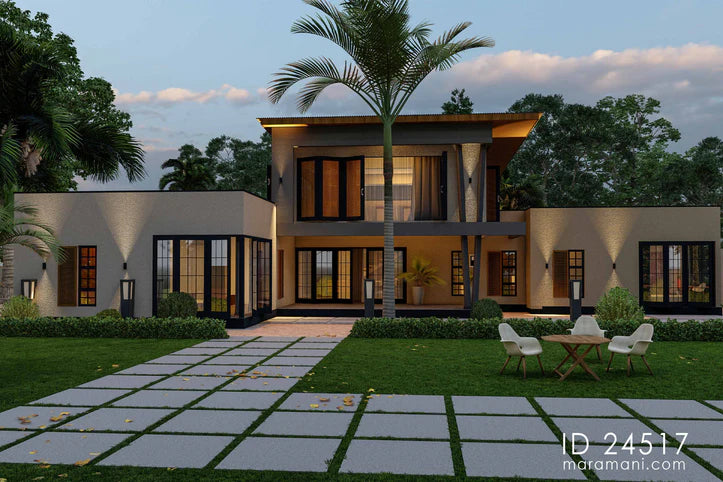

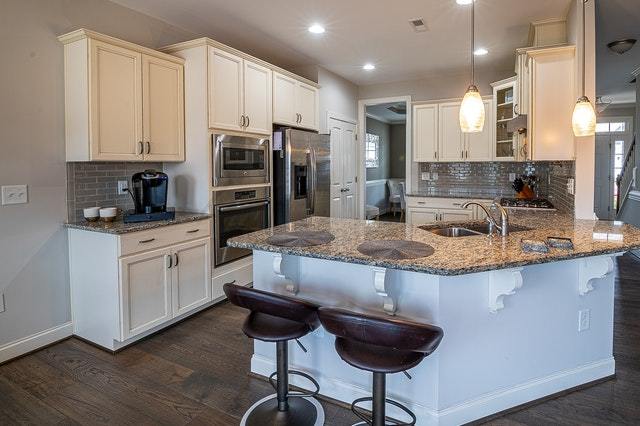
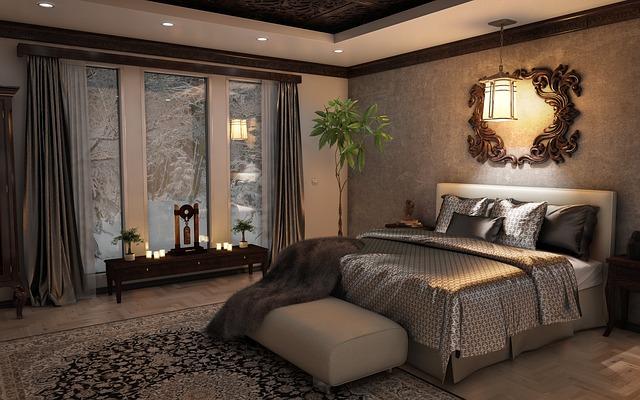
Leave a comment
This site is protected by hCaptcha and the hCaptcha Privacy Policy and Terms of Service apply.